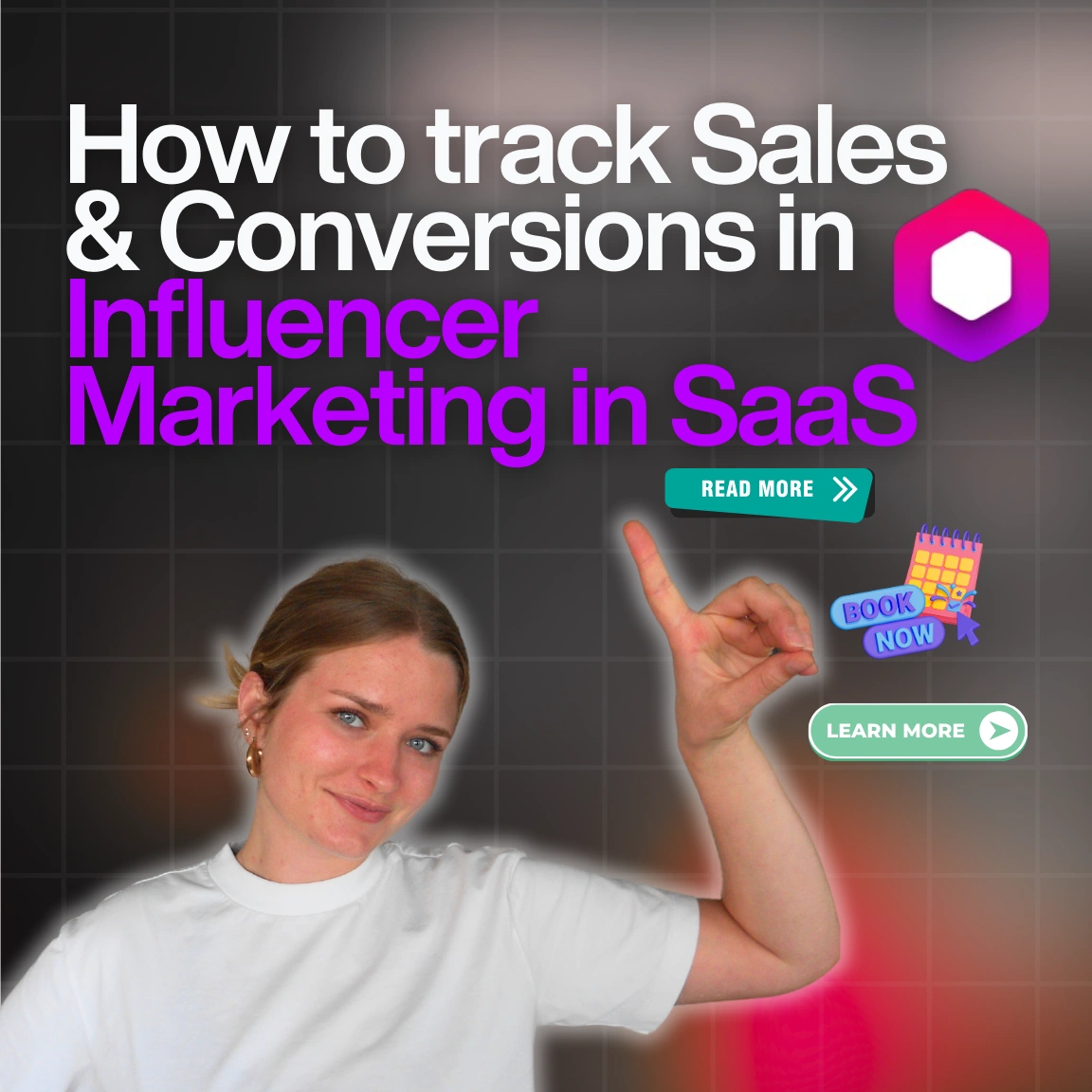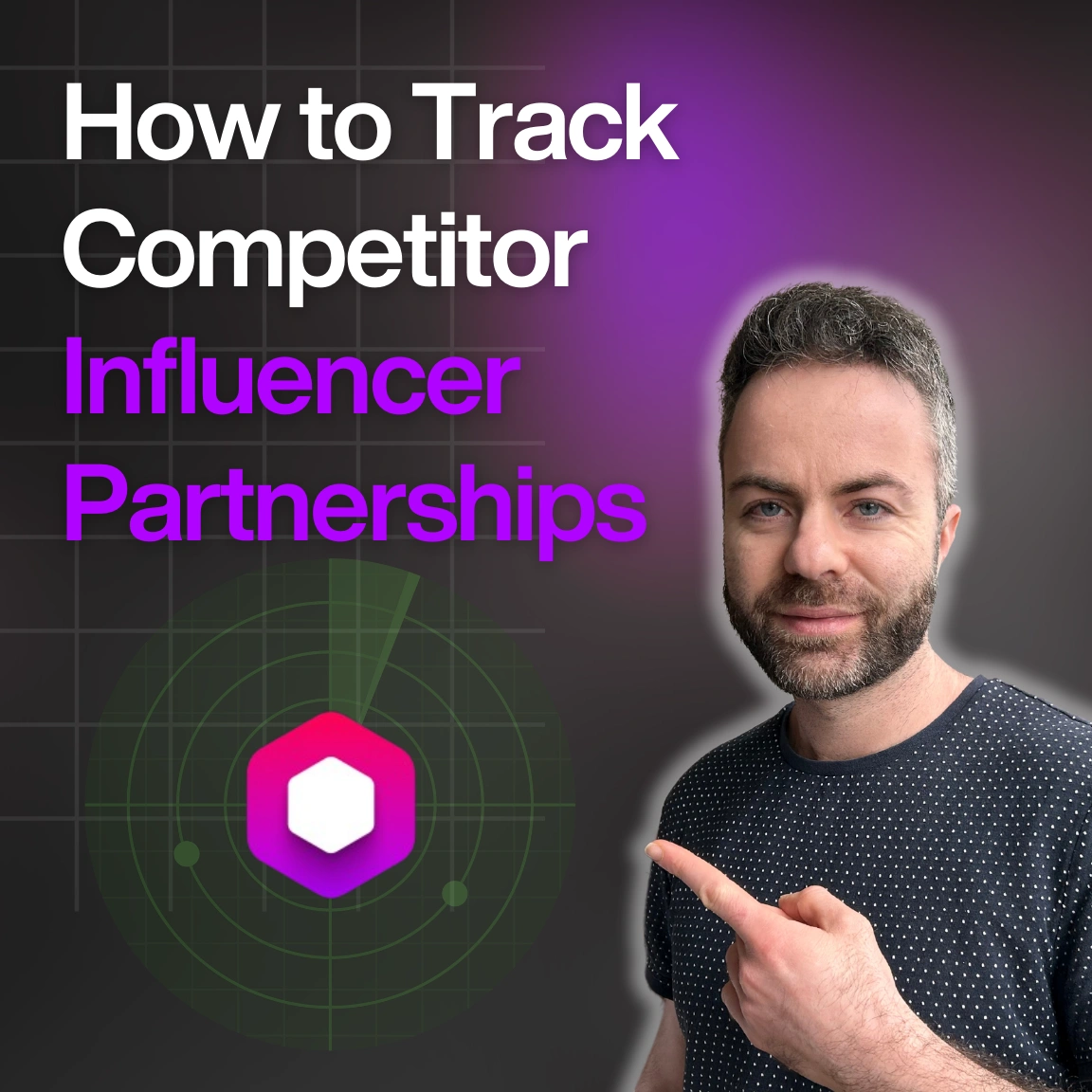Blog & Articles
Your ultimate ressource for the creator economy
Methodology & Rankings
About Favikon, rankings, tools & much more.
Insights
The recipe behind Favikon's viral & coveted rankings.
Free tools to power your influencer marketing workflows.
See Favikon users' success stories.
Get access to all Favikon rankings.
Become a Partner
Become an Affiliate
About the team behind Favikon
The place to talk creator economy, together


Featured Rankings

Here is the Top 50 Rising Video Creators on LinkedIn. Video is quickly becoming the platform’s most powerful format, with creators gaining more reach and engagement than ever. As Gen Z grows its presence and tools like BrandLink and Thought Leader Ads support content creation, LinkedIn is doubling down on video. This ranking, made in partnership with OpusClip, celebrates the creators leading this shift and aims to inspire anyone ready to start sharing through video.

Here is the Top 50 Rising Video Creators on LinkedIn. Video is quickly becoming the platform’s most powerful format, with creators gaining more reach and engagement than ever. As Gen Z grows its presence and tools like BrandLink and Thought Leader Ads support content creation, LinkedIn is doubling down on video. This ranking, made in partnership with OpusClip, celebrates the creators leading this shift and aims to inspire anyone ready to start sharing through video.
How to Handle Influencer Rejections and Counteroffers
Influencer negotiations don’t always go as planned. Learn how to professionally handle rejections, respond to counteroffers, and keep the door open for future collaborations while protecting your brand’s interests.
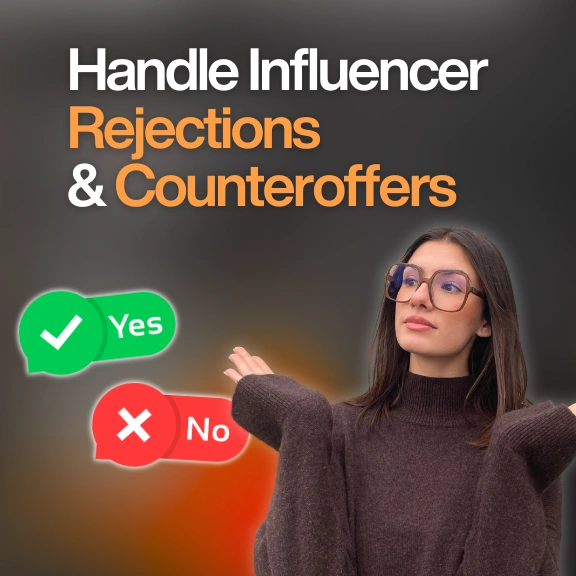
.png)

Josie Renna is a content strategy expert with a passion for helping creators navigate the ever-evolving digital landscape. Specializing in effective content creation techniques and platform-specific strategies, Josie provides insights to empower creators and brands to thrive online. With a deep understanding of algorithm dynamics and audience engagement, Josie shares actionable tips for optimizing content performance across various platforms.
Check Brand DealsHow to Handle Influencer Rejections and Counteroffers
Influencer marketing has become a cornerstone of modern digital marketing strategies, but with it comes the inevitable challenge of dealing with rejections and counteroffers. Whether you're a brand manager, marketing agency, or business owner, learning how to navigate these situations professionally can make the difference between a failed campaign and a successful long-term partnership.
Understanding the Reality of Influencer Rejections
Rejection in influencer marketing isn't personal–it's business. According to industry data, brands typically experience a 60-70% rejection rate when reaching out to influencers cold. This high rejection rate stems from various factors including misaligned brand values, inadequate compensation, poor timing, or simply an overbooked content calendar.
As Maria Rodriguez, a leading influencer marketing strategist, explains: "The key to handling rejections is understanding that they're often not about your brand specifically, but about the influencer's current capacity, audience alignment, or strategic priorities."
The landscape is shifting toward more precision-driven partnerships based on audience psychographics and deeper engagement metrics rather than follower counts alone. This evolution means that rejections are becoming more strategic and less arbitrary.
Why Influencers Say No
1. Misaligned Brand Values
Influencers are increasingly protective of their personal brand and audience trust. A beauty influencer who promotes clean, natural products won't partner with a brand that uses harsh chemicals, regardless of compensation offered.
2. Inadequate Compensation
Many brands underestimate the true value of influencer partnerships. Beyond the posted content, influencers provide creative services, audience access, and brand endorsement. According to Aspire.io research, 62% of influencers prefer ongoing ambassador roles over one-off campaigns, indicating they value long-term partnerships that justify their investment.
3. Overbooked Schedules
Successful influencers often have content calendars planned months in advance. A rejection might simply mean poor timing rather than lack of interest in your brand.
4. Poor Campaign Briefs
Overly restrictive briefs that don't allow for creative freedom often result in rejections. Influencers know their audience best and prefer campaigns that let them maintain their authentic voice.
Transforming Rejections into Opportunities
Respond with Grace and Professionalism
When faced with rejection, your response sets the tone for future interactions. Thank the influencer for their time, express understanding of their decision, and leave the door open for future collaborations.
Example Response:

Seek Constructive Feedback
Don't be afraid to ask why they declined. This feedback is invaluable for improving future outreach efforts. Questions like these can provide crucial insights:

Maintain the Relationship
Add rejected influencers to your long-term relationship database. Follow their content, engage authentically with their posts, and keep them informed about new products or campaigns that might be a better fit.
Mastering the Art of Counteroffer Negotiations
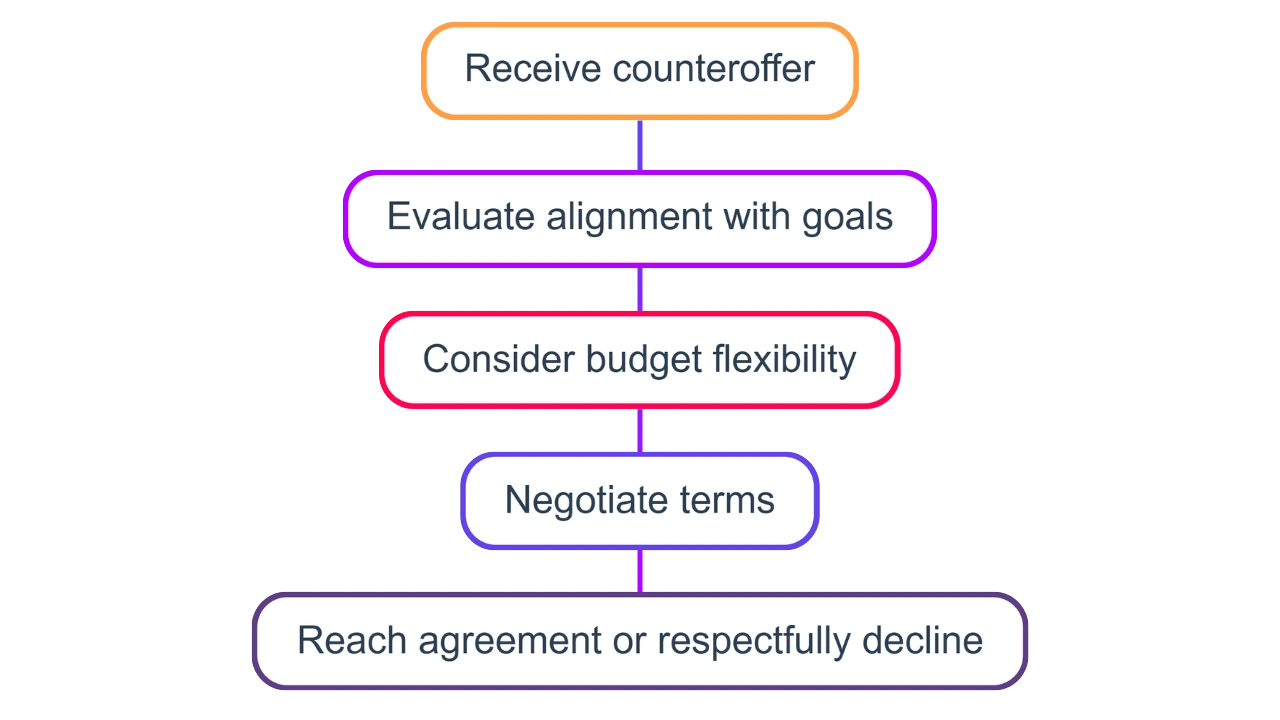
Understand Their Perspective
When an influencer presents a counteroffer, they're essentially saying:

This is actually a positive signal that shouldn't be dismissed outright.
According to Hootsuite's influencer marketing guide, successful negotiations focus on collaboration rather than rigid adherence to initial terms. Working directly with influencers on campaign briefs leverages their unique content styles and reduces pushback.
Common Counteroffer Scenarios
Higher Compensation Requests: Research industry rates for similar influencers in your niche. If their request is reasonable, consider the long-term value of the partnership.
Content Modifications: Influencers might request changes to posting schedules, content formats, or messaging. Evaluate whether these changes align with your campaign goals.
Usage Rights Negotiations: Many counteroffers involve discussions about content usage rights, exclusivity periods, or cross-platform posting permissions.
Negotiation Strategies That Work
Offer Flexible Packages: Instead of a rigid "take it or leave it" approach, present tiered options. This might include different compensation levels for various deliverables or test campaigns that can grow into larger partnerships.
Focus on Value Exchange: Beyond monetary compensation, consider what else you can offer, like exclusive access to products, event invitations, or co-creation opportunities.
Be Transparent About Constraints: If the budget is truly limited, explain your constraints honestly. Many influencers appreciate transparency and might suggest alternative arrangements.
Building Long-Term Relationships Despite Initial Setbacks
The Ambassador Approach
Research shows that 62% of influencers prefer ongoing ambassador relationships over one-off campaigns. This preference creates opportunities to convert initial rejections into long-term partnerships.
Start small with influencers who initially rejected larger campaigns. Offer product gifting, invite them to events, or propose smaller test collaborations that can demonstrate mutual value.
Consistent Engagement Strategy
Develop a systematic approach to maintaining relationships with potential partners:
- Follow their content regularly and engage authentically
- Share their posts when relevant to your audience
- Remember important milestones or achievements
- Invite them to brand events or product launches
Timing Your Follow-Up
Create a follow-up schedule for rejected influencers. Reach out quarterly with new opportunities, seasonal campaigns, or product launches that might be more aligned with their interests.
Leveraging Technology for Better Outcomes
Modern influencer marketing platforms can significantly improve your success rates and relationship management. Tools like Favikon provide comprehensive influencer analytics, helping you identify the most suitable partners before outreach and reducing rejection rates.
How Favikon Can Help:
1. Advanced Filtering: Find influencers whose audience demographics and interests align perfectly with your brand.
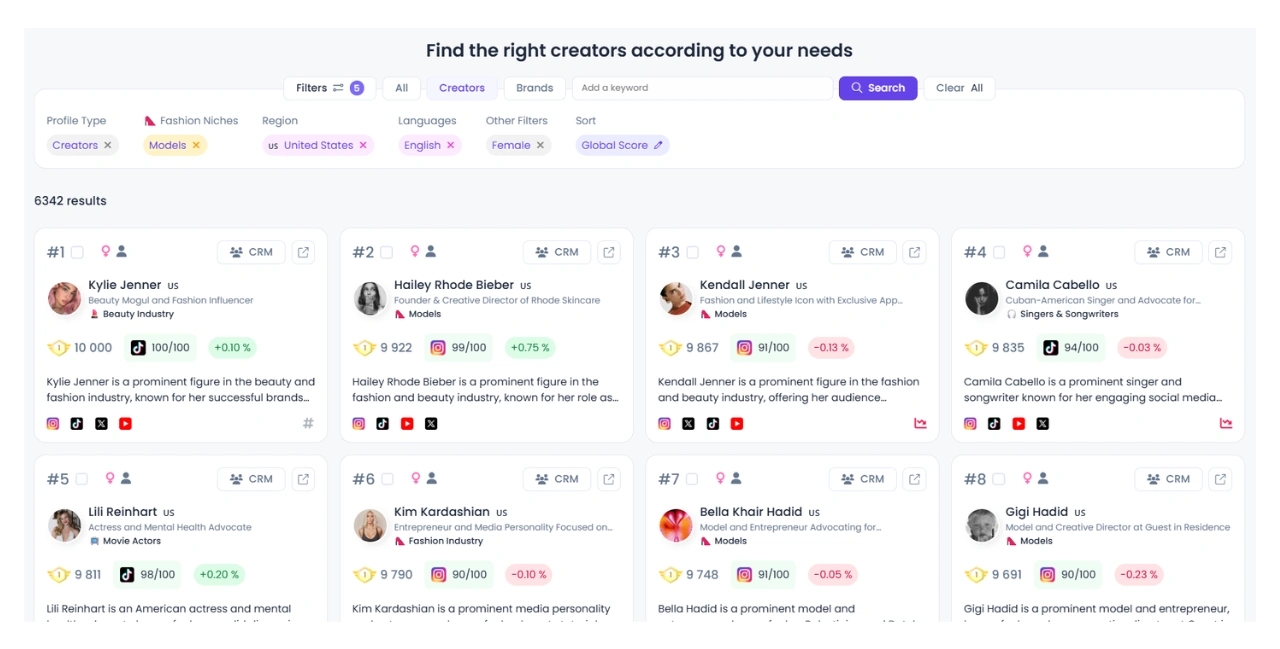
2. Engagement Analysis: Understand an influencer's content performance and audience engagement patterns.
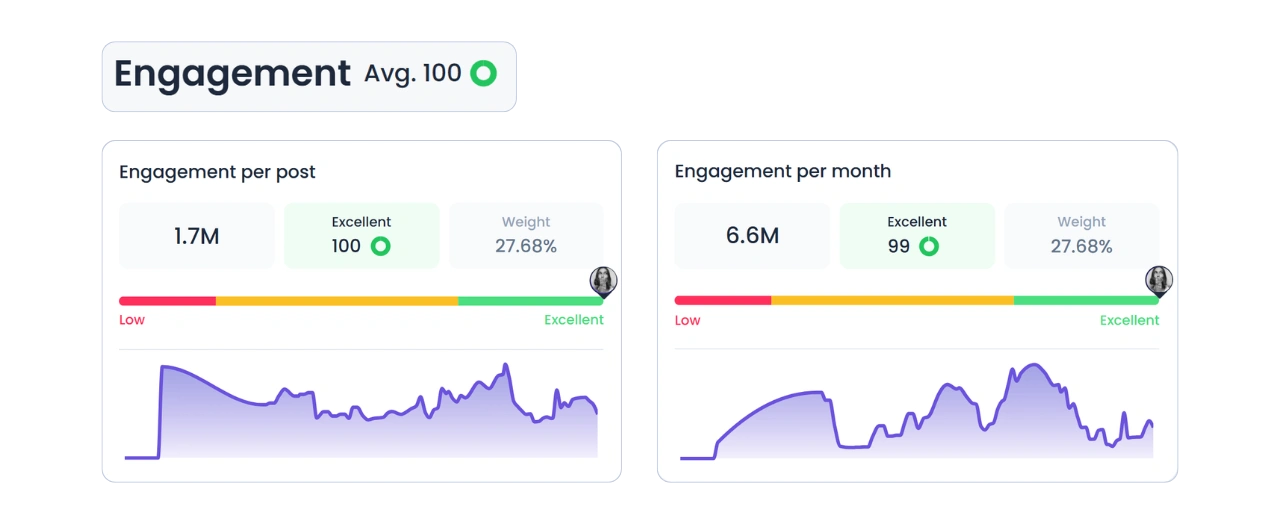
3. Estimated Collaboration Rates: View estimated cost per post directly in each influencer's profile for streamlined negotiations.
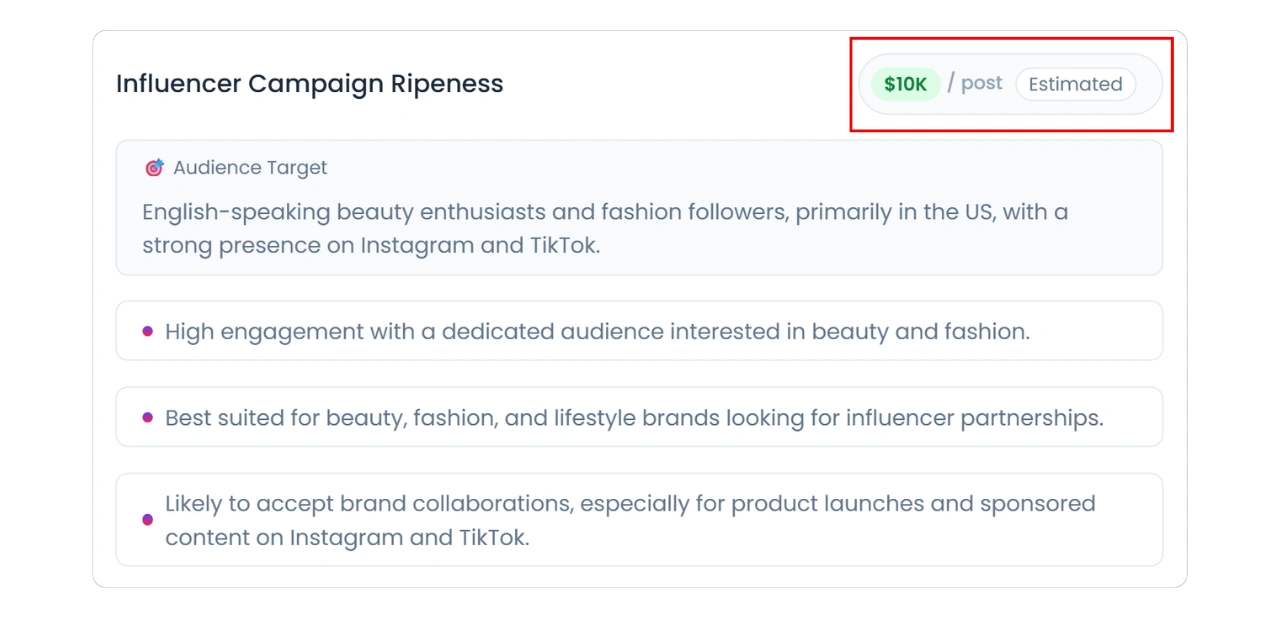
4. Campaign Performance: Track the success of partnerships to inform future negotiations.

Data-Driven Insights for Better Results

Factors That Improve Acceptance Rates
Personalized Outreach: Generic messages have a 5-10% success rate, while personalized messages achieve 25-35%
Proper Compensation: Offering fair market rates increases acceptance by 40-50%
Creative Freedom: Campaigns allowing creative input see 60% higher acceptance rates
Long-term Opportunities: Mentioning potential ongoing partnerships improves initial acceptance by 30%
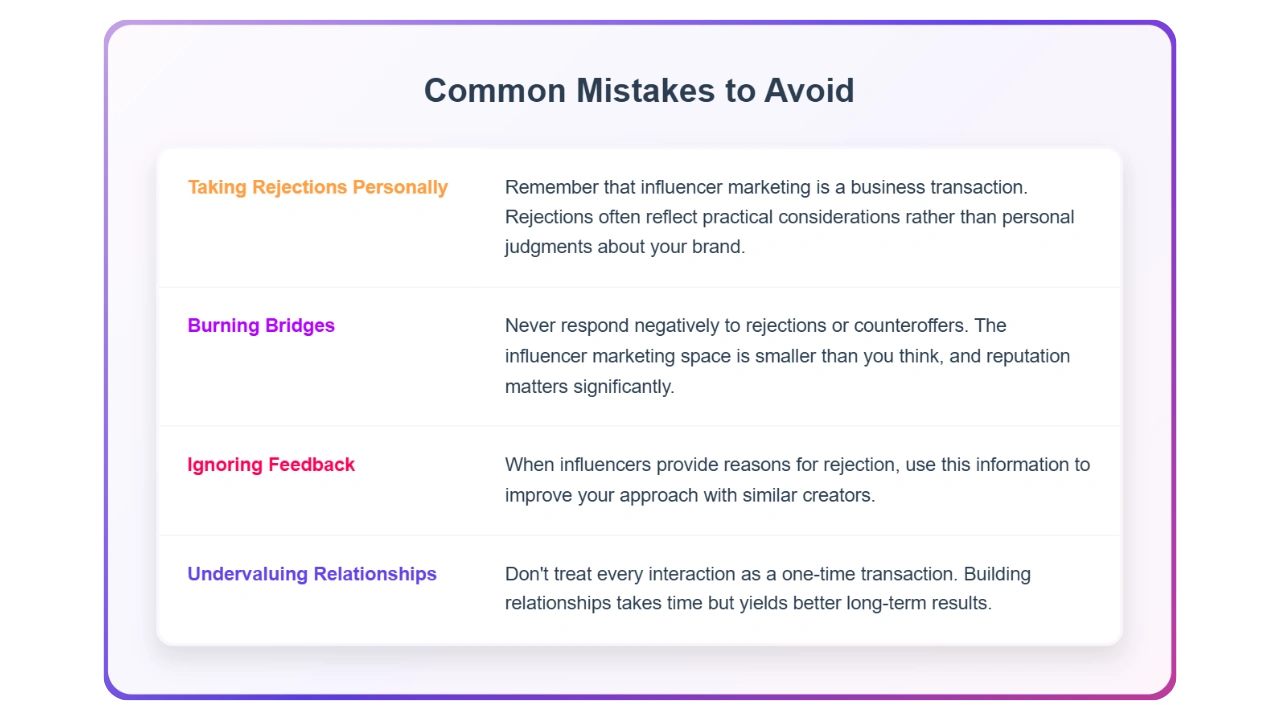
Future-Proofing Your Influencer Strategy
The influencer marketing landscape continues evolving toward more authentic, long-term partnerships. Brands that master the art of handling rejections and negotiations will have significant advantages in building sustainable influencer networks.
Focus on creating genuine value for influencers beyond monetary compensation. This might include professional development opportunities, exclusive access to industry insights, or collaborative product development.
Conclusion
Handling influencer rejections and counteroffers effectively is both an art and a science. By approaching these situations with professionalism, empathy, and strategic thinking, you can transform potential setbacks into opportunities for stronger partnerships.
Remember that every rejection is a chance to learn and improve your approach. Every counteroffer is an opportunity to build a more mutually beneficial relationship. With the right tools, strategies, and mindset, you can significantly improve your influencer marketing success rates while building a network of authentic brand advocates.
The key is persistence without being pushy, professionalism without being impersonal, and flexibility without compromising your core objectives. Master these principles, and you'll find that rejections become stepping stones to more successful partnerships.
Also See 👀
🏆 HOW TO BUILD LONG-TERM RELATIONSHIPS WITH CONTENT CREATORS
🏆 HOW TO NEGOTIATE FAIR RATES WITH INFLUENCERS
HOW DOES FAVIKON RANK INFLUENCERS?
Related Articles
See all the articlesResources











.png)
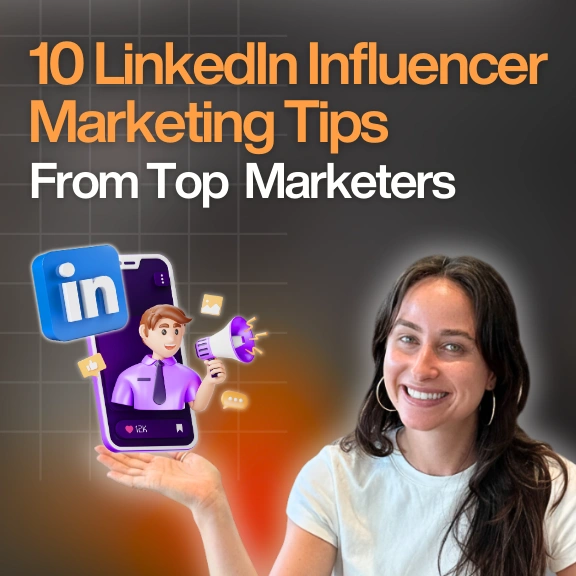


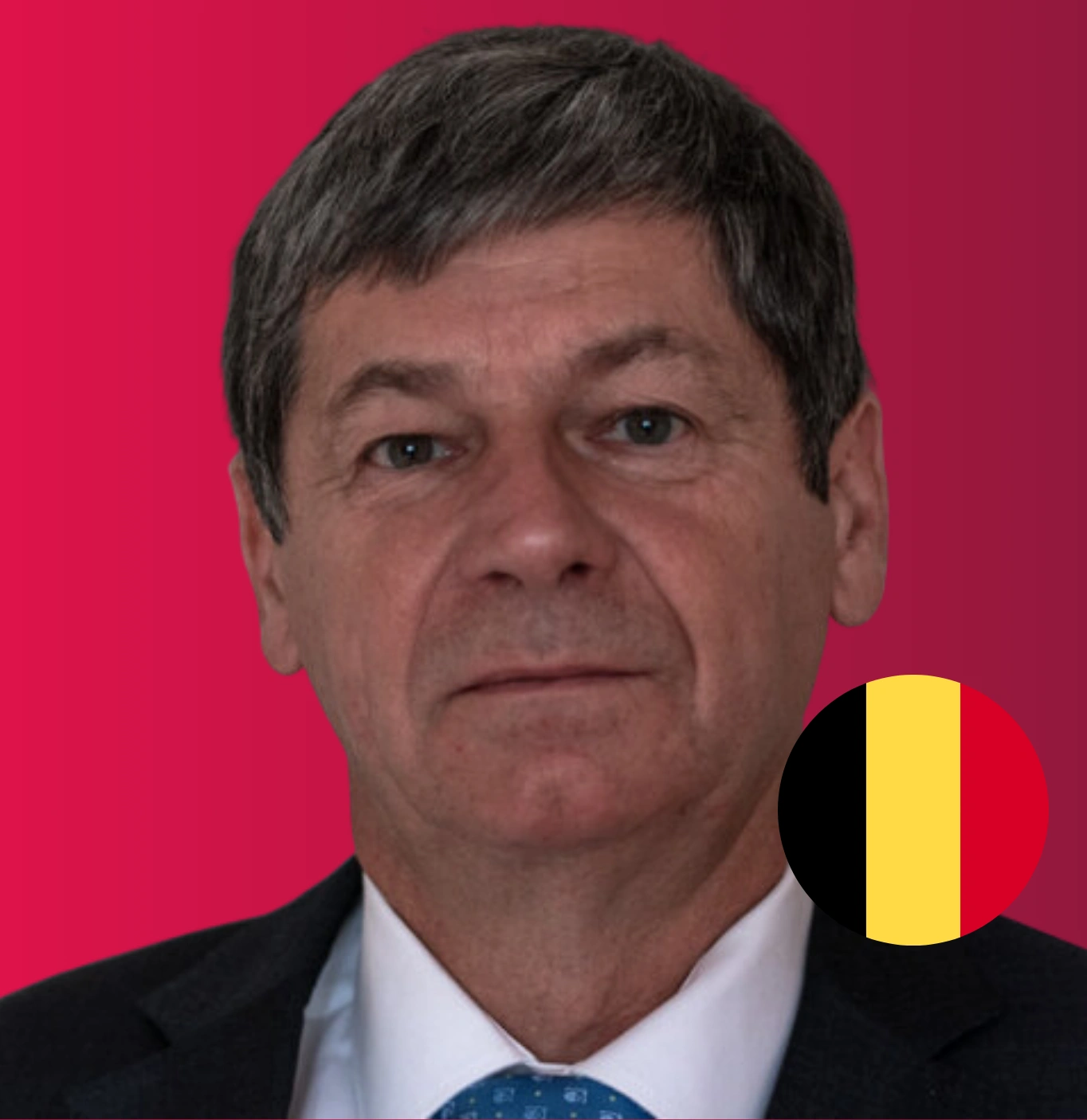


.png)
